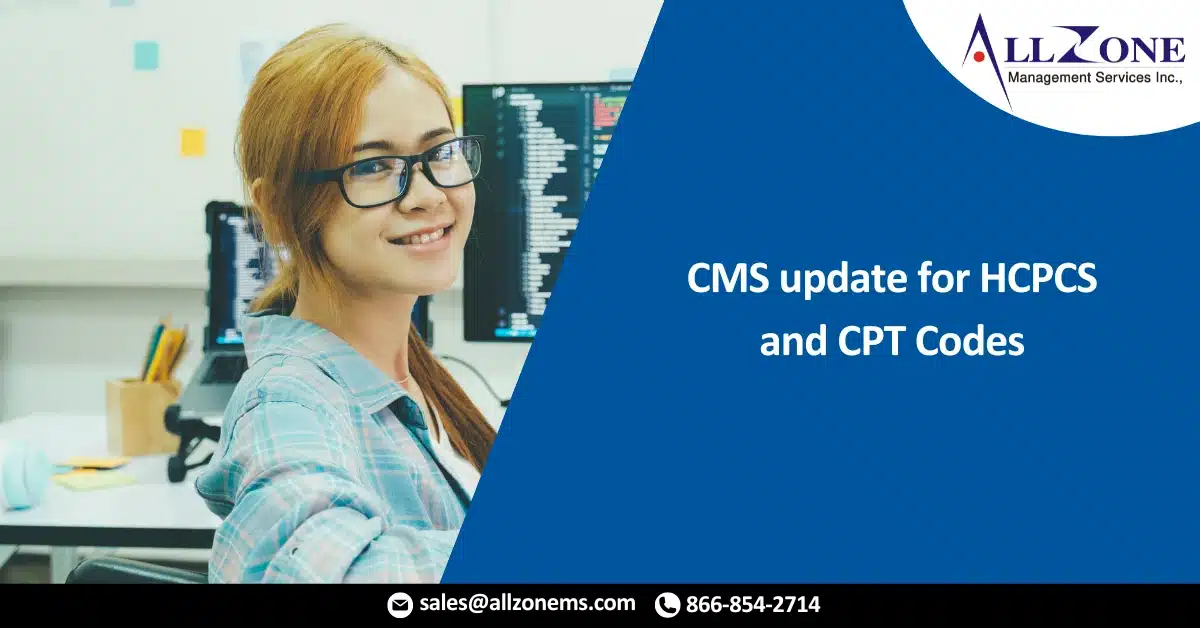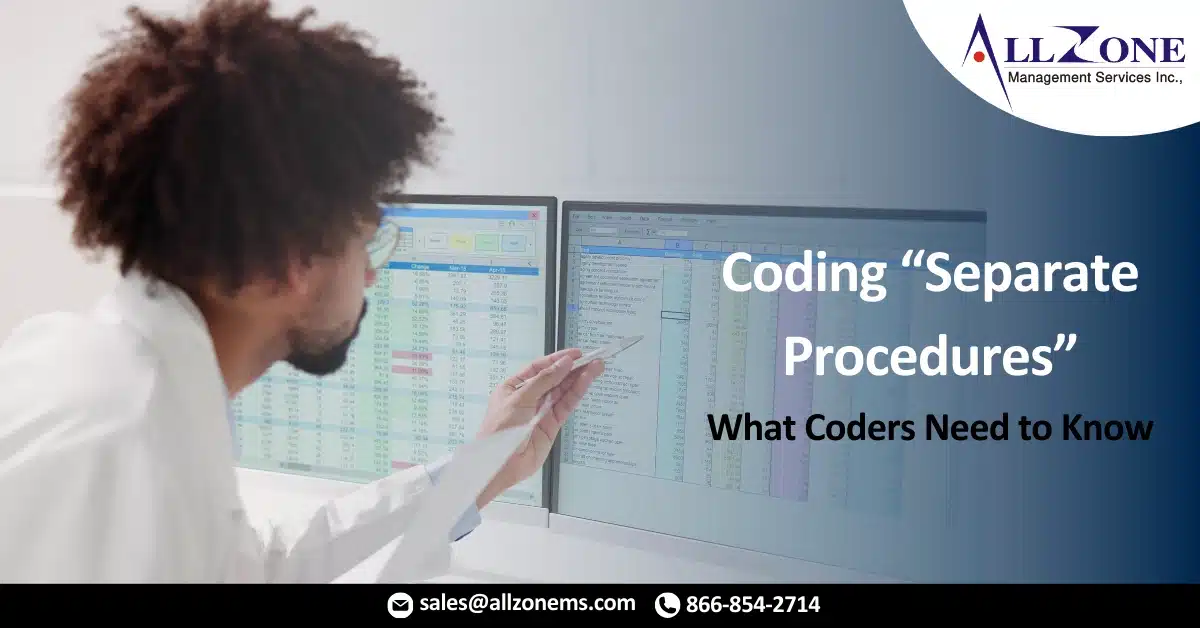New billable CPT® home and outpatient service codes for monitoring patients who are taking blood-thinning medications. In 2018, CPT® deleted codes 99363 and 99364 and replaced them with codes 93792 and 93793. There are two important things to know about coding for international normalized ratio (INR) monitoring, also known as a “protime check” (PT). First, […]
By now, many hospitals have received denials for emergency department level-of-care coding. We could legitimately ask, “how did this happen?” Today we shall address how it started, why it’s important, and potential institutional responses. Denials for emergency care are not new. The spectrum of denials and the audacity with which payers deny claims now strains […]
Medicare payments for the top 10 current procedural terminology codes performed by ASCs are expected to remain relatively stable in 2019 compared to 2018, according to VMG Health. 66984: Cataract surgery with insertion of intraocular lens prosthesis (one-stage procedure), manual or mechanical technique Estimated 2017 payments: $1,172 Estimated 2018 payments: $1,206 Estimated 2019 payments: $1,182 45380: […]
Pain management during the global period of a procedure, if related to that procedure, is not separately reportable. If a provider other than the operating provider performs follow-up care, you must be careful to avoid “unbundling” of that follow-up care. The global period, or global surgical package, bundles all care typically related to surgical service into a […]
This year’s reporting for the Quality Payment Program will affect the 2021 payment year. Kevin J. Corcoran, COE, CPC, CPMA, FNAO, delivered his annual update at Hawaiian Eye 2019, highlighting changes CMS would be making this year for coding, payment issues, regulatory matters, administrative issues and reimbursement issues. The Medicare Physician Fee Schedule did not […]
Moderate sedation coding, also sometimes referred to as conscious sedation, is a drug-induced depression of consciousness. A patient who has been sedated in this way is relaxed and generally insensitive to pain, but remains awake and able to respond to verbal instruction. If medically necessary and properly documented, moderate sedation is a separately reported service. […]
The CPT® codes that are considered a laboratory test under the Clinical Laboratory Improvement Amendments (CLIA) change each year, as well as throughout the year, making it difficult for healthcare providers and laboratories to keep up. Here are the CPT codes for 2019 that are subject to or excluded from CLIA edits in easy-to-look up […]
The Centers for Medicare & Medicaid Services (CMS) issued a policy change modification to the claims processing logic for Modifier 59 Distinct procedural service (and the optional patient-relationship modifiers XE, XS, XP, and XU) on February 15, 2019. These modifiers are only processed when applied to the Column 2 code in a bundled pair, per Correct Coding Initiative […]
“Separate procedure” may not mean what you think. Many procedural codes in the CPT® Book are designated as “separate procedures.” However, the common misinterpretation of this is that coders can report such codes as such in every case. Not true. First, you must consider: Were there other procedures performed during the same encounter? Did you consult […]
Lesion excision coding may seem complex, but reporting excision of benign (CPT Code 11400- CPT Code 11471) and malignant (11600-11646) skin lesions can be mastered in five steps. Step 1: Measure First, Cut Second: When assigning CPT® codes 11400-11646, you must know both the size of the lesion(s) excised and the width of the margins […]










